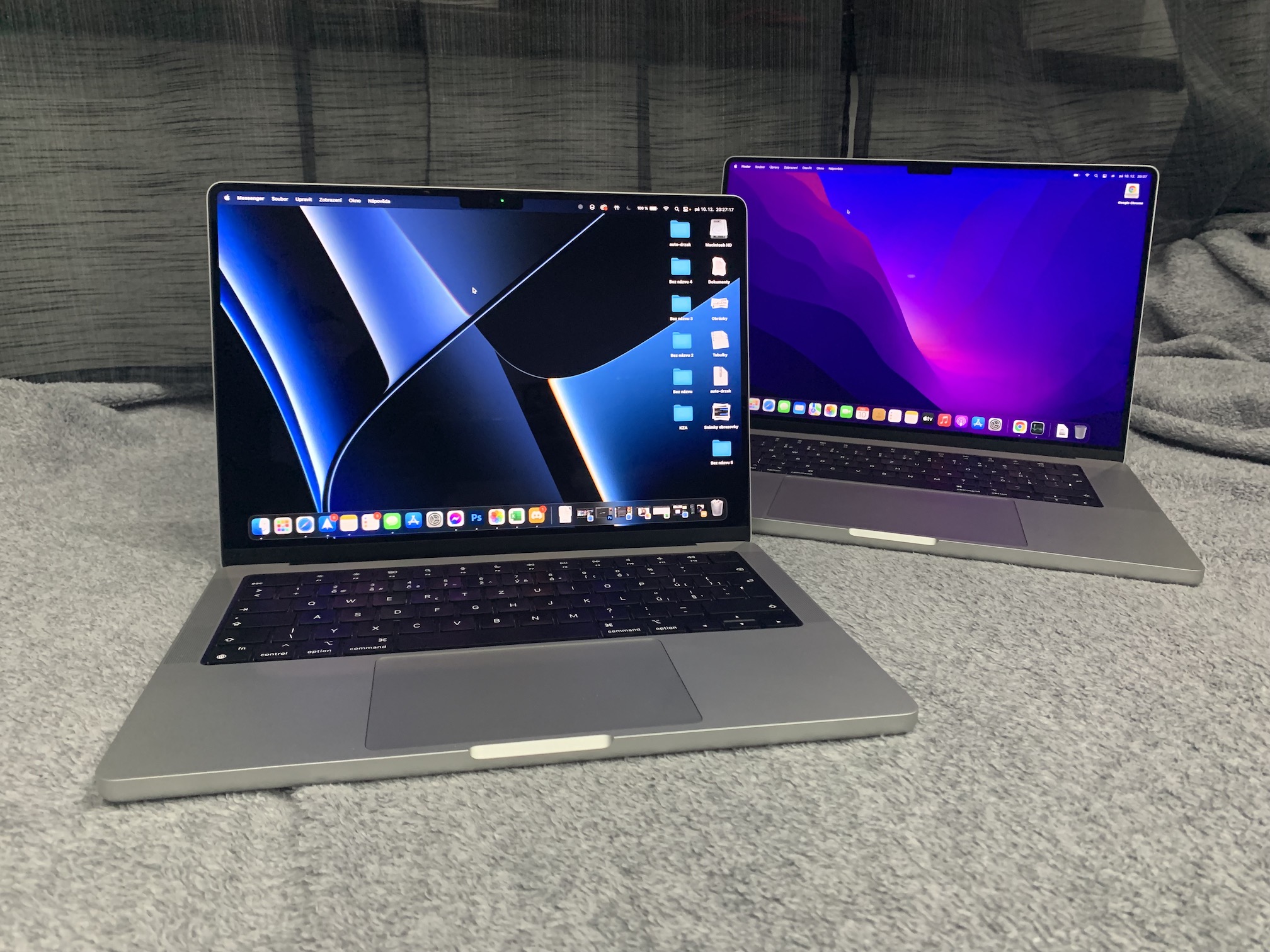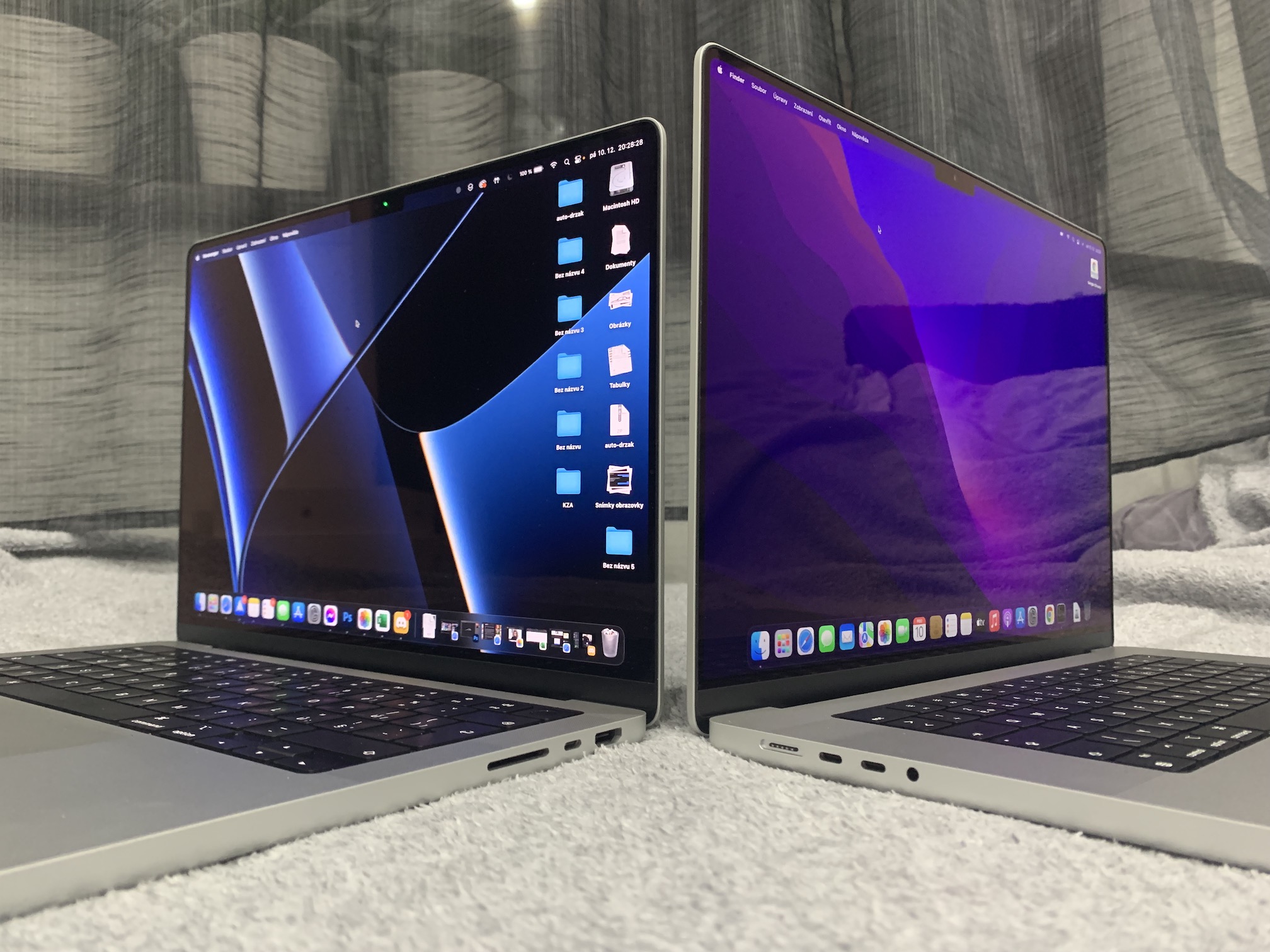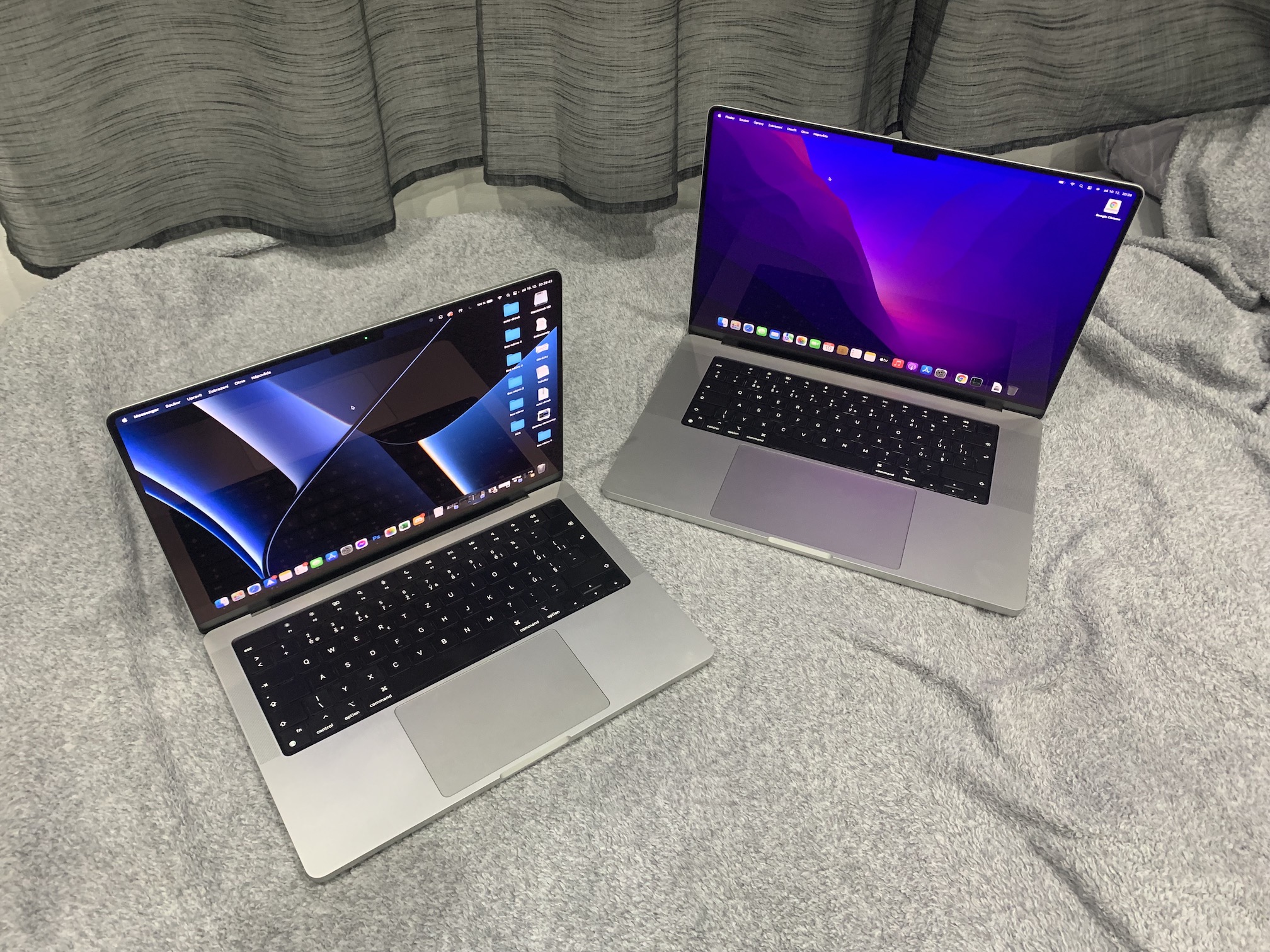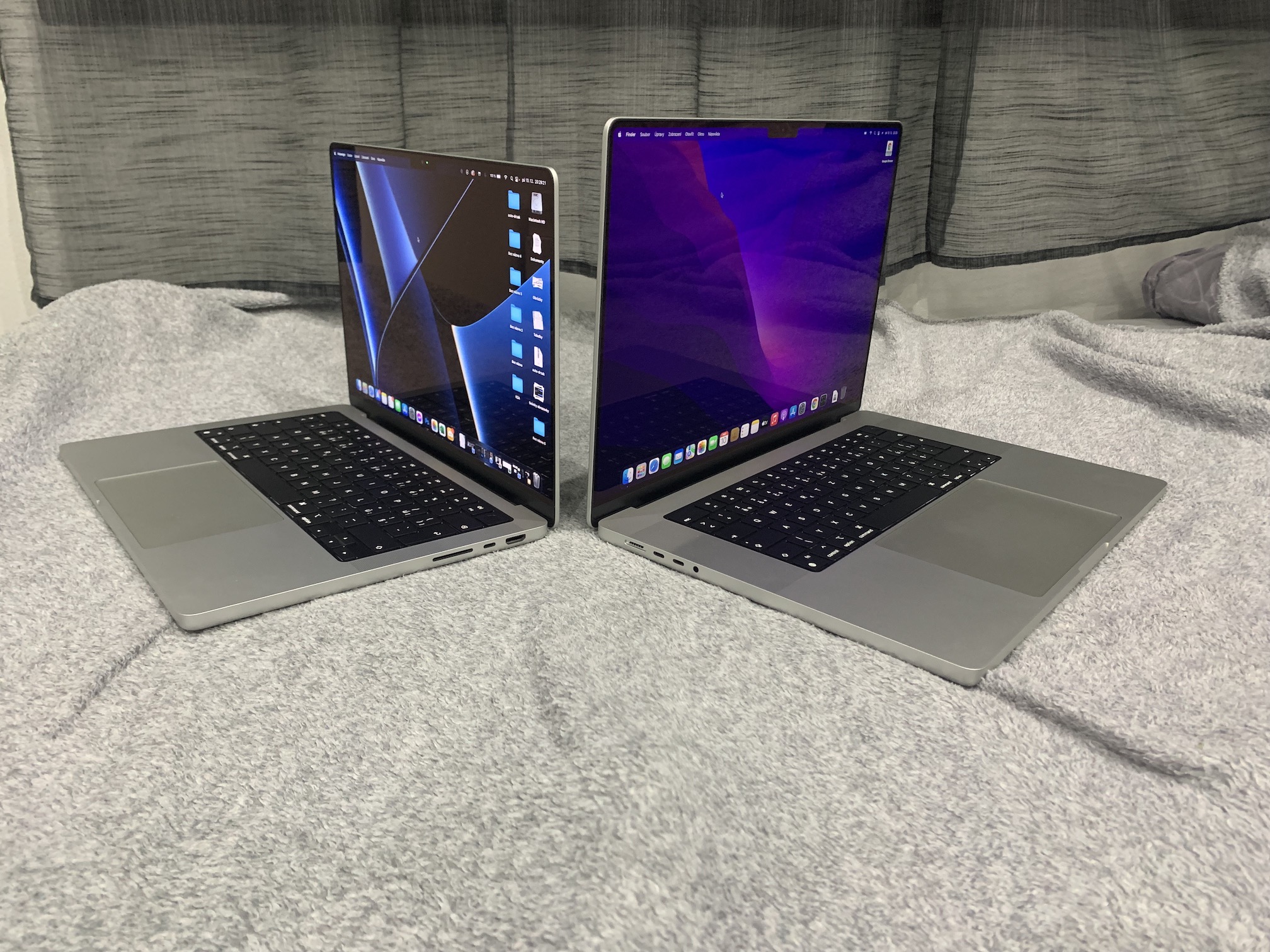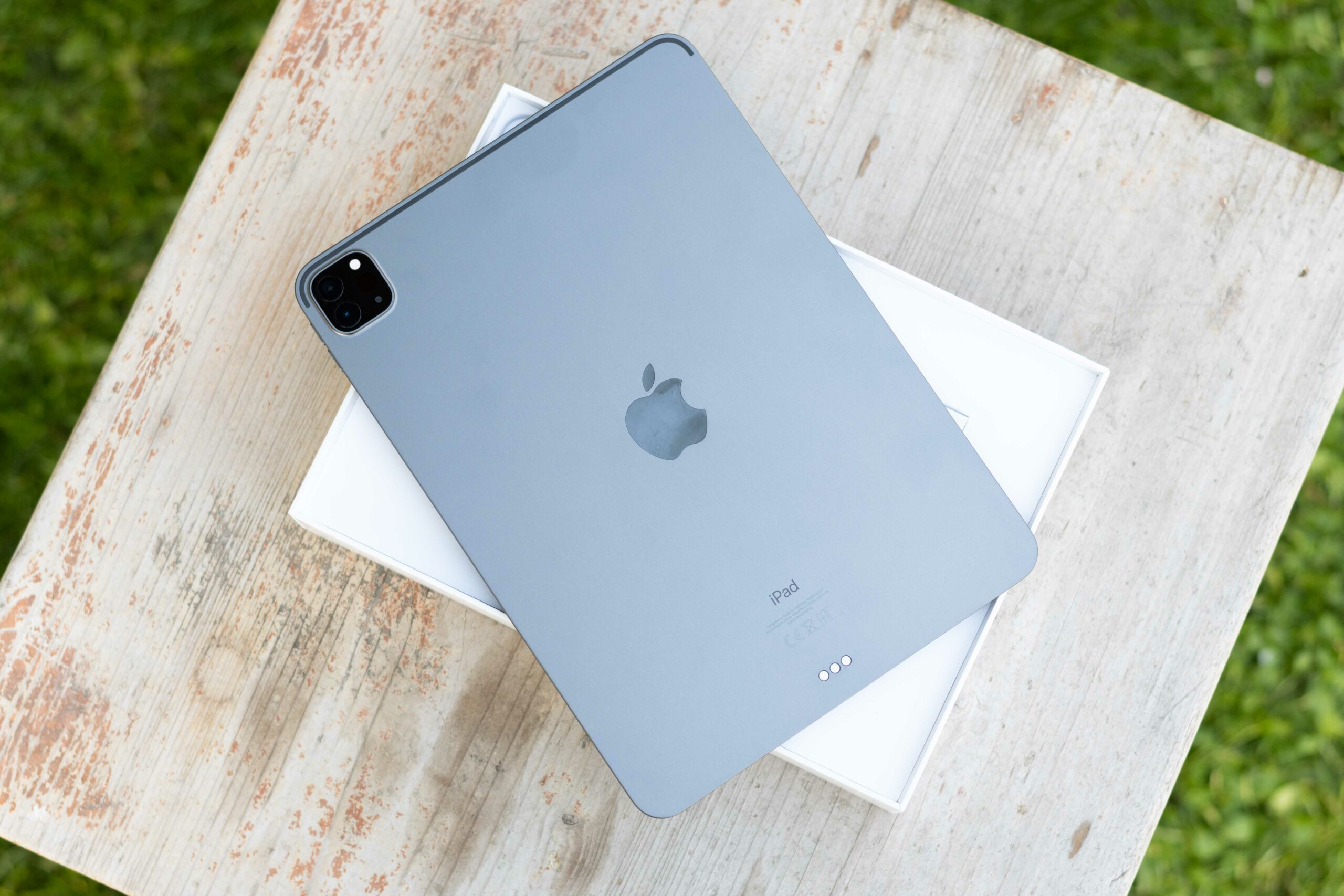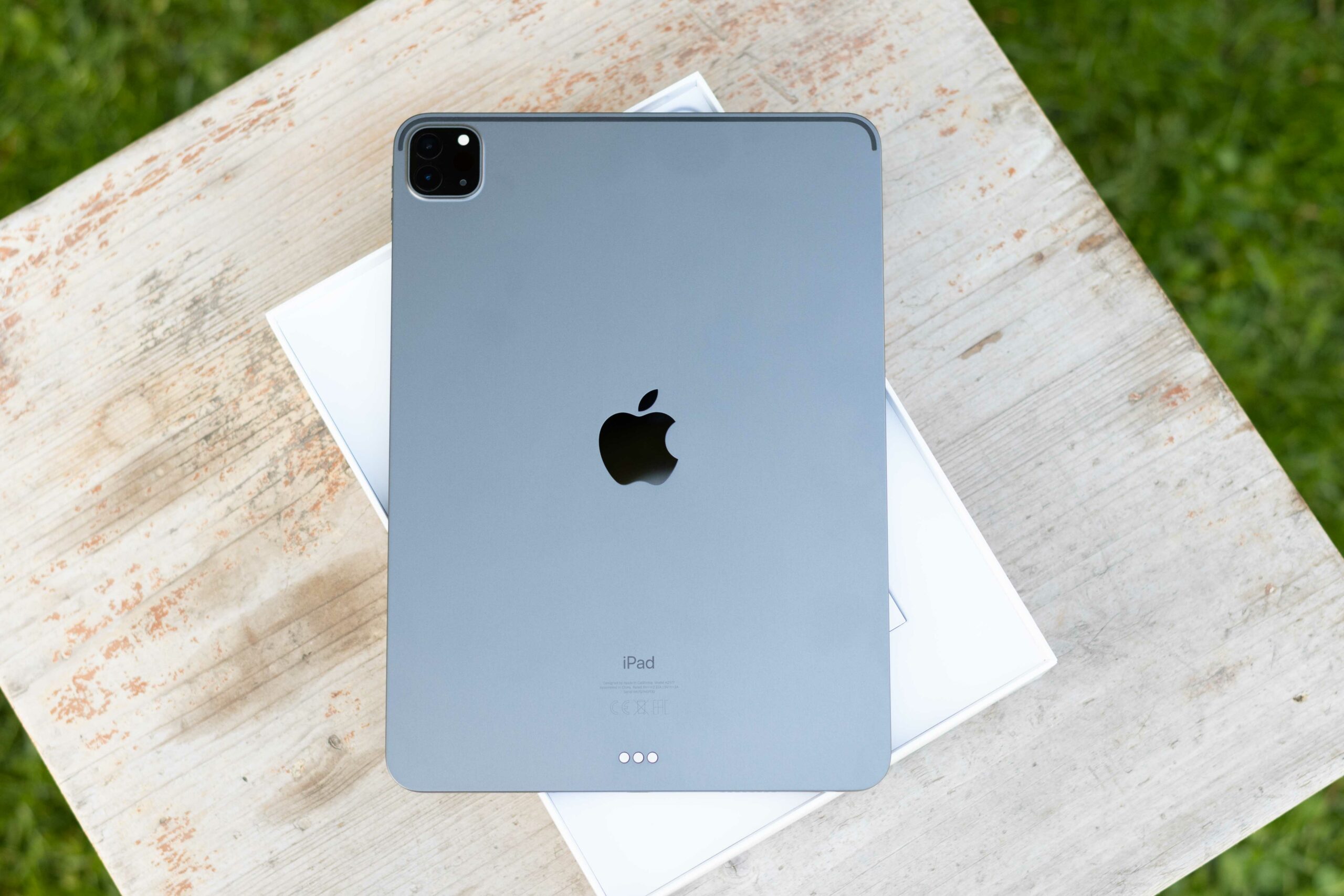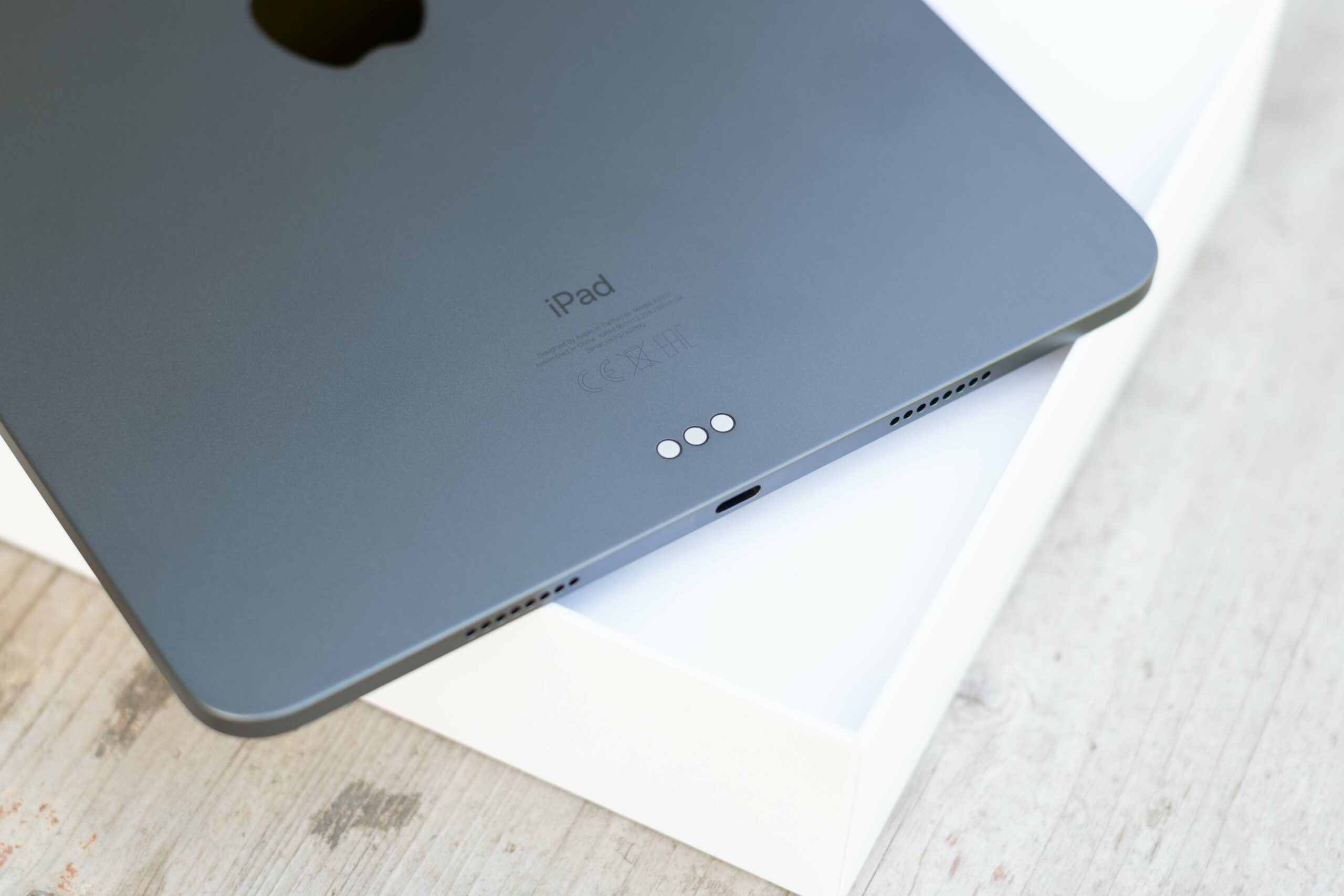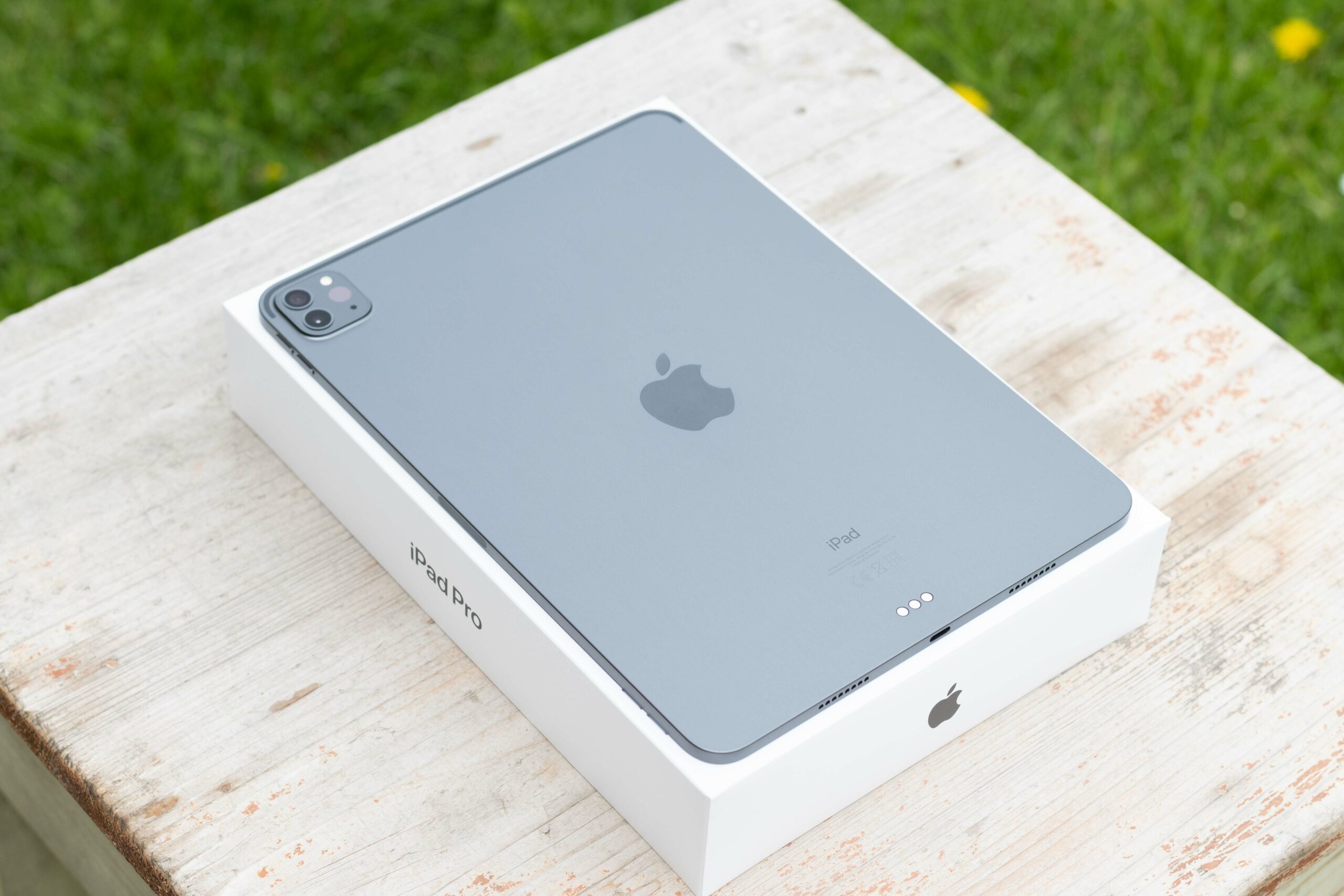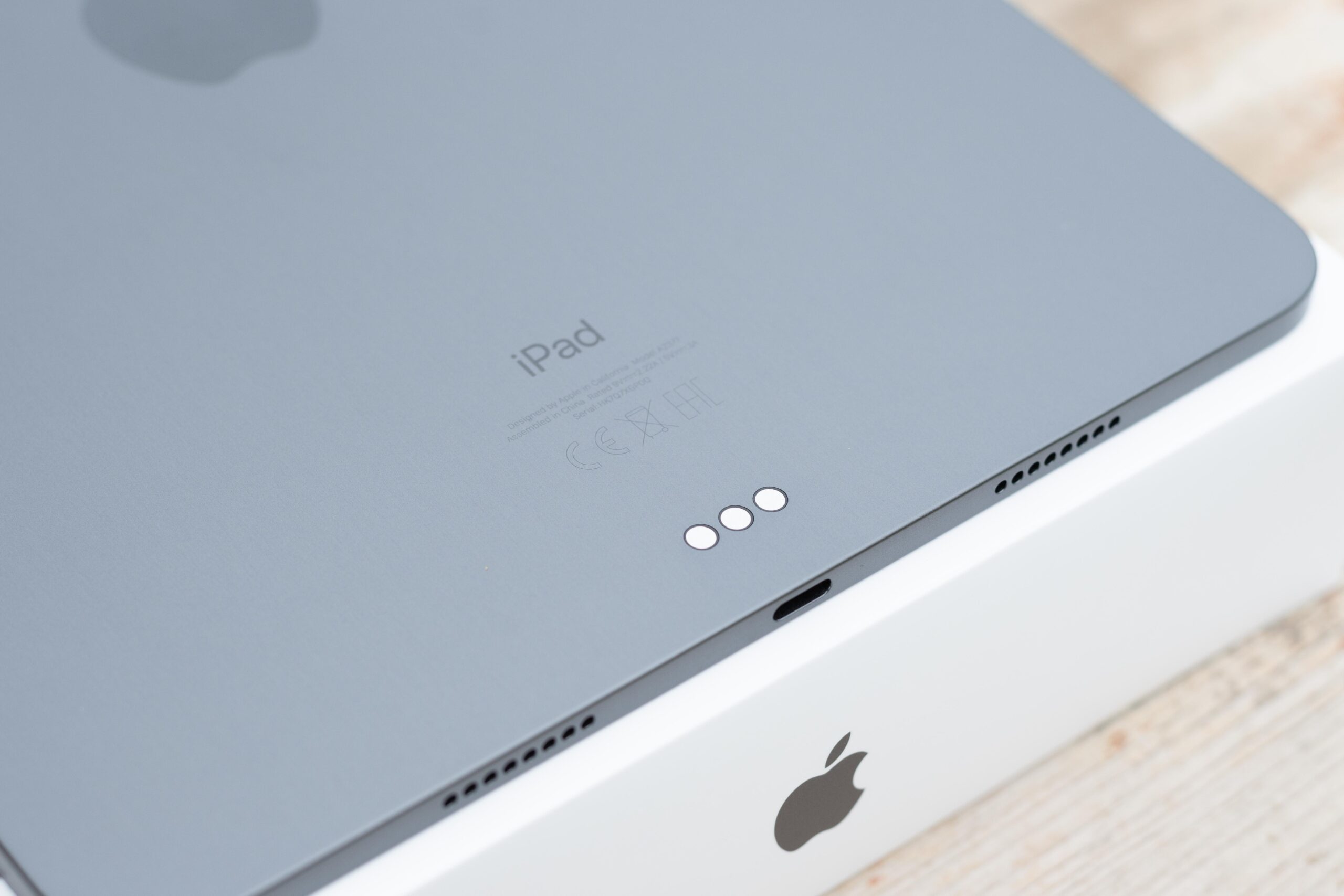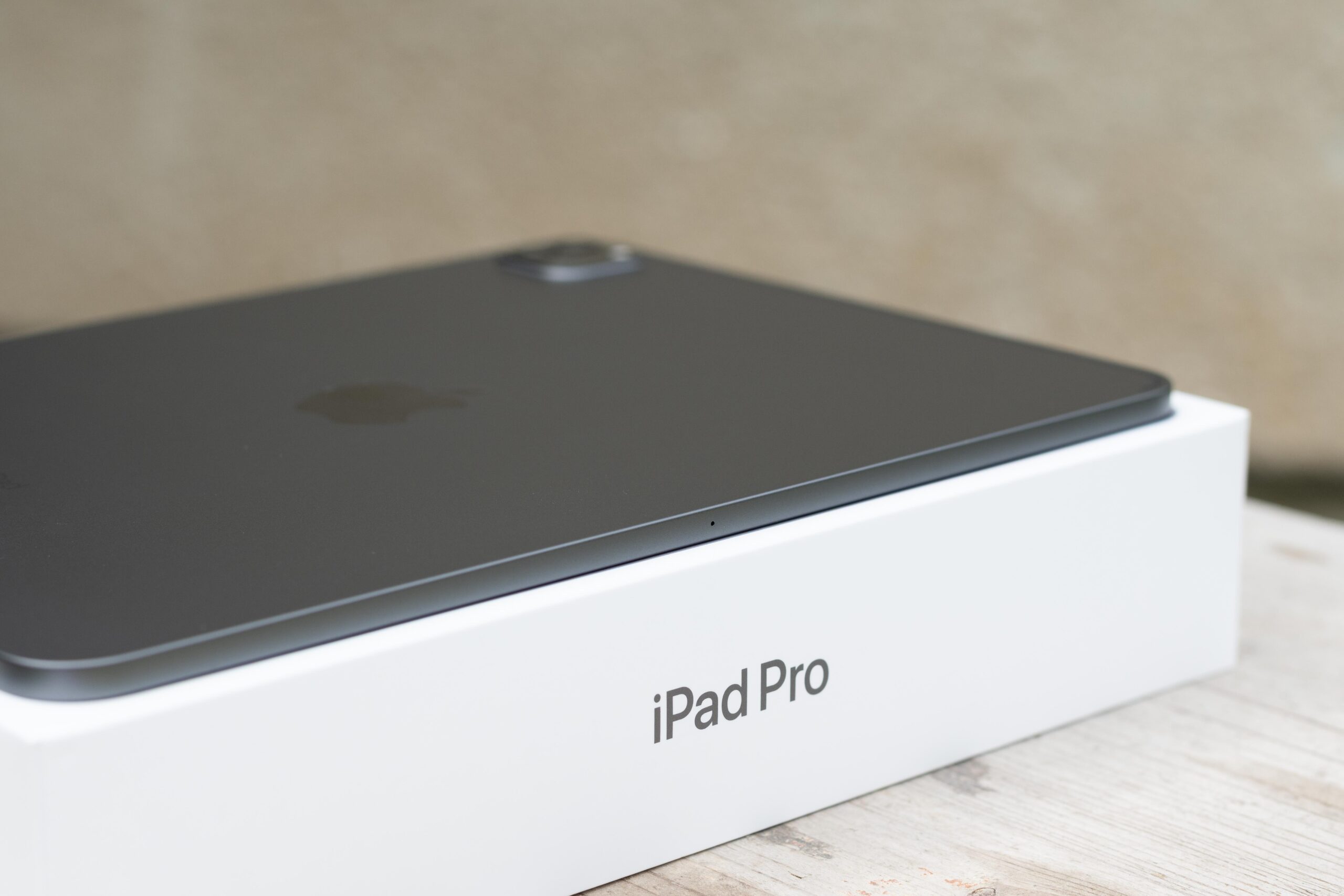Apple is a company that doesn't exactly give a peek under the hood of its development, even if the situation changes slightly over the years. For Steve Jobs for it was impossible to find out anything that was going on in society. Adam writes about it, for example Lashinsky, i.e. the author of the book Inside Apple: How the America's Must Admired and Secrecy Company Really works.
Design proposal
Apple is known for putting design first. And everything adapts to the form of the individual products. Of course, not only Steve Jobs, but also the former head of design, Jony Ive, had a lot of credit for this approach. He didn't care how much money the result would cost or if it was actually practical. It was just a matter of how the product looked, and the rest should have followed. Due to this, many copied the appearance of the products, because it was simply unique.
Then, when design teams work on a new product, they are usually cut off from the rest of the company. They have their own governance as well as reporting structures in which progress is consulted. So they have full focus on their task and don't care about the rest. There are also designated people who take care of individual goals such as who is responsible for what process and when the final design will actually be ready.
It could be interest you
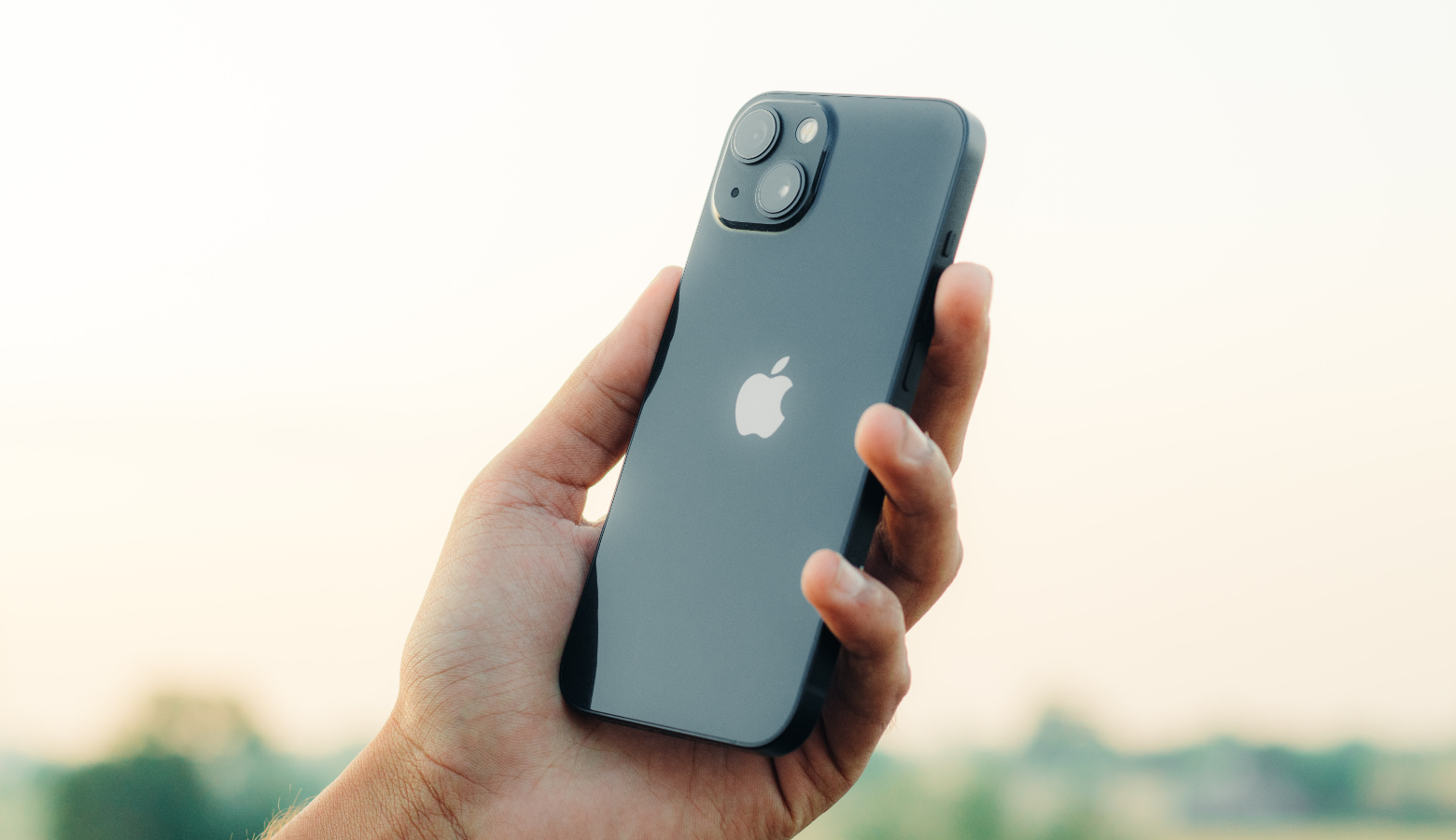
Development process
Then there is the company's executive team, which regularly holds meetings where the individual phases of the design are addressed. Apple has an advantage here in that it is not working on hundreds of different products at once. Although its portfolio has grown, it is still quite limited compared to the competition - in a good way.
As the product moves from design to production, the engineering program manager and global supply manager come into play. Since Apple has practically no manufacturing of its own (except for certain aspects of the Mac Pro), these are people who are in production factories all over the world (eg Foxconn is one of Apple's biggest suppliers). For the company, this has the advantage of not having to worry about production, but also reducing production costs. The task of these managers is to ensure that the finished products are delivered to the market at the right time and, of course, at the set price.
It could be interest you

The key is repetition
But when production starts, Apple employees don't put their feet on the table and just wait. During the next four to six weeks, they subject the resulting product to internal testing at Apple. This wheel then takes place in several more cycles during production, when the result can still be slightly improved. After the actual production and assembly comes the packaging. This is a highly guarded step, from which the form and specifications of the final product must not be leaked to the public. If she hears it, it's probably more from the production lines.
Launch
After all the testing, the product can go to market. A clear "timetable" is created for this, which describes the individual responsibilities and activities that need to be carried out before the start of the sale. If an employee loses or betrays them, they can lose their position at Apple.
It could be interest you
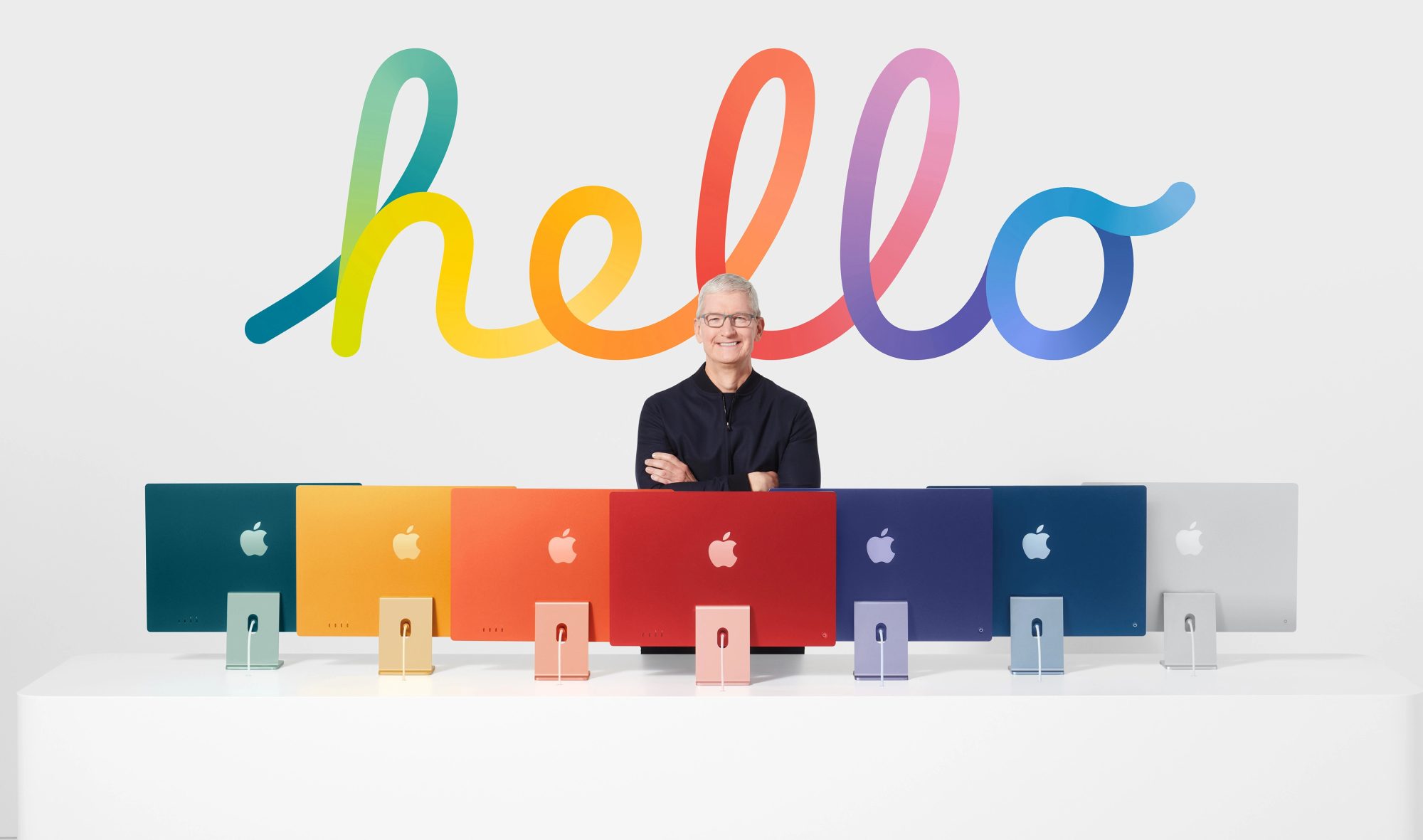
There is a lot of work behind each of the company's products, but as can be seen from the judgment and the financial results, and finally also the interest of users, it is work that makes sense. Established processes are proven not only by a number of years, but also by successful products. It is true that some devices suffer from certain birth pains, but it is evident that the company tries to prevent them in every possible way.
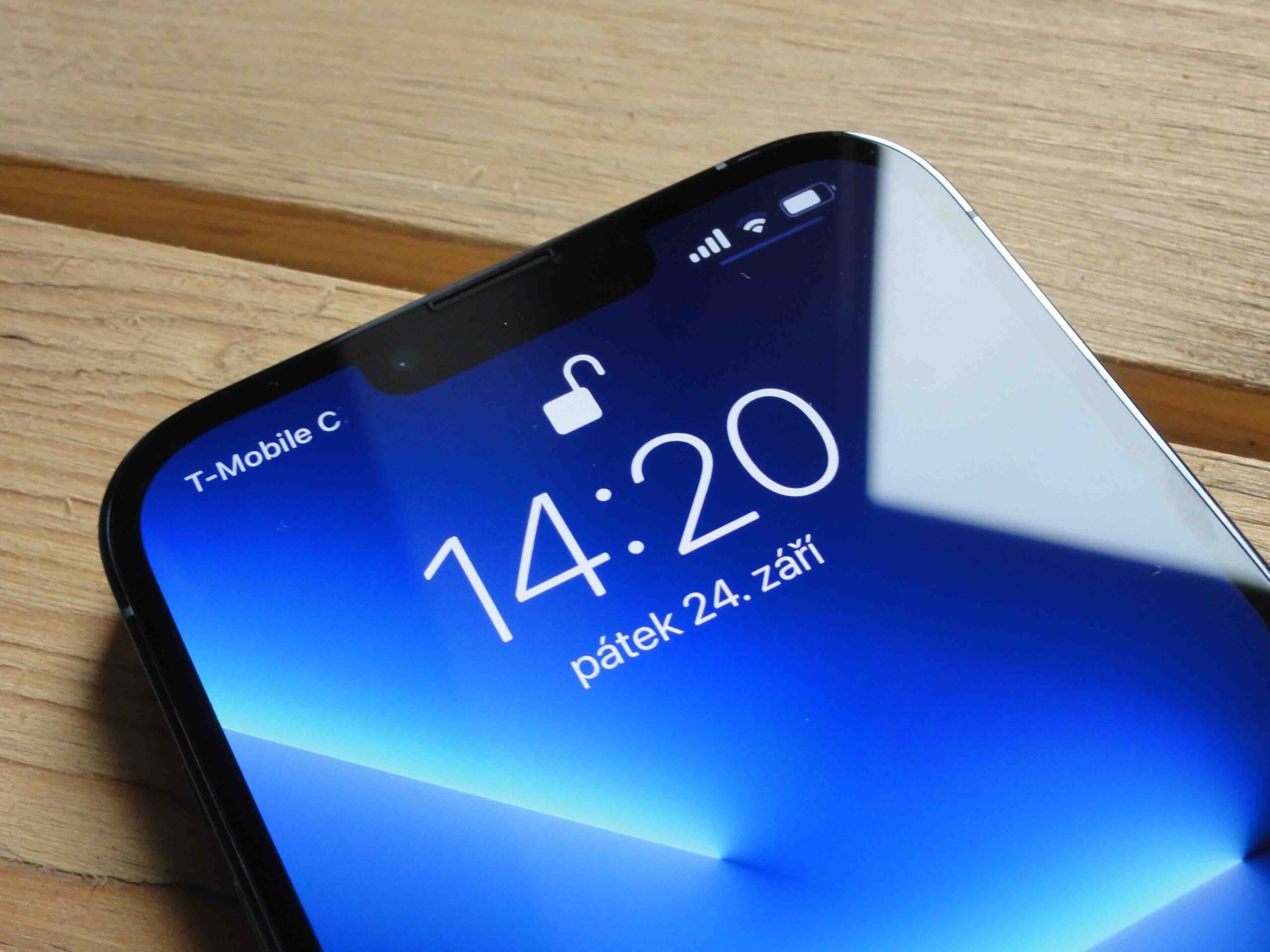
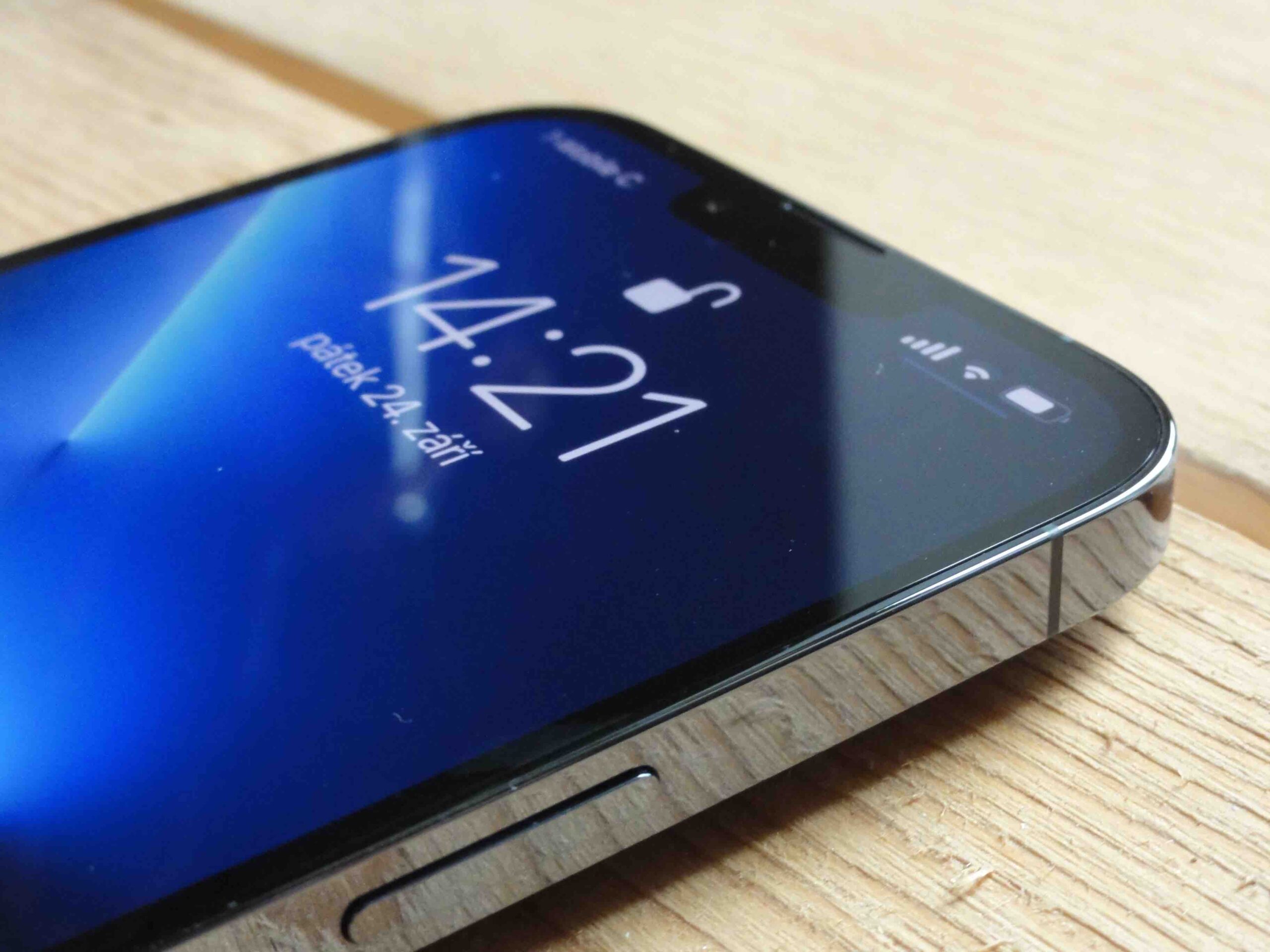
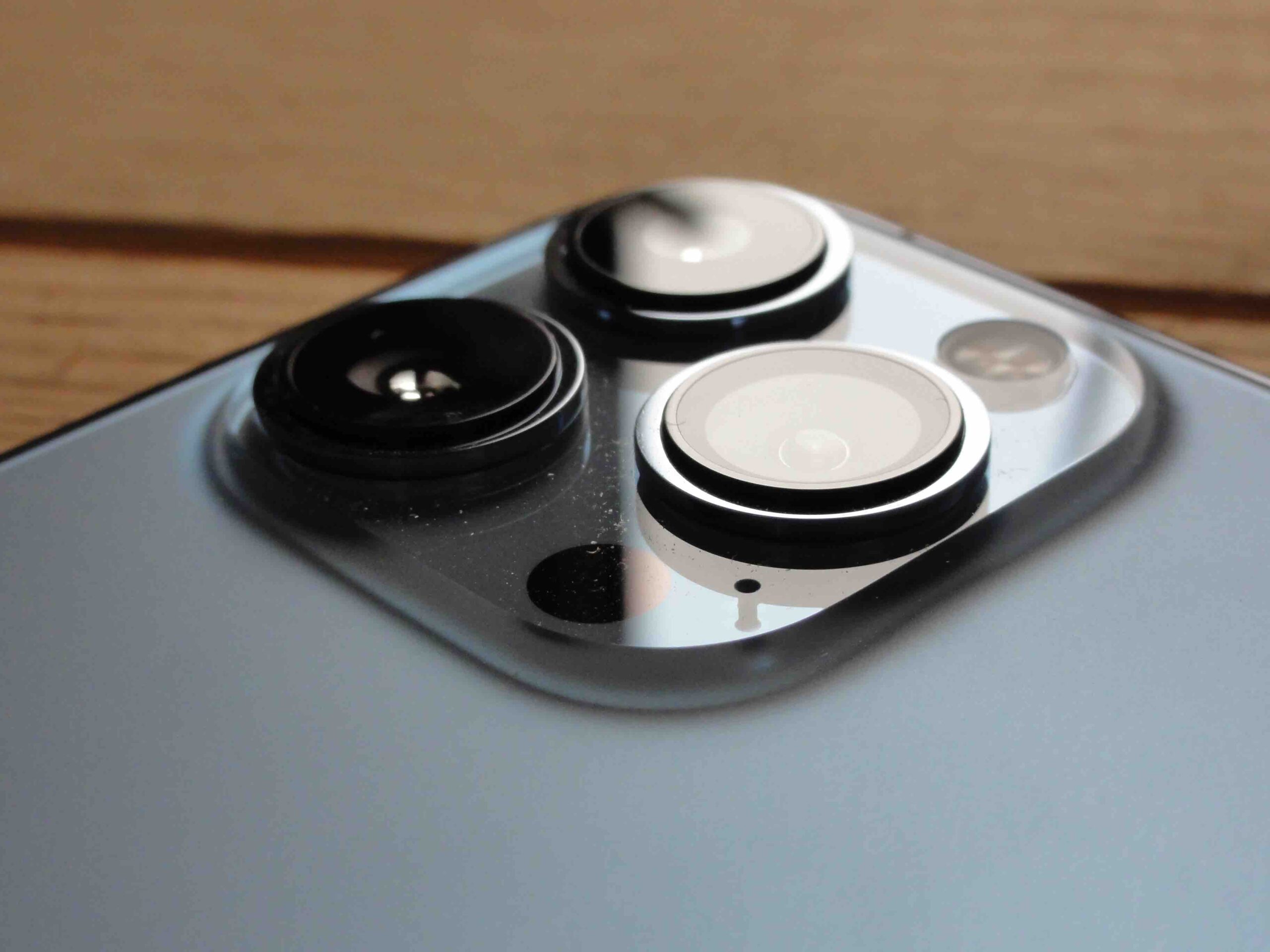




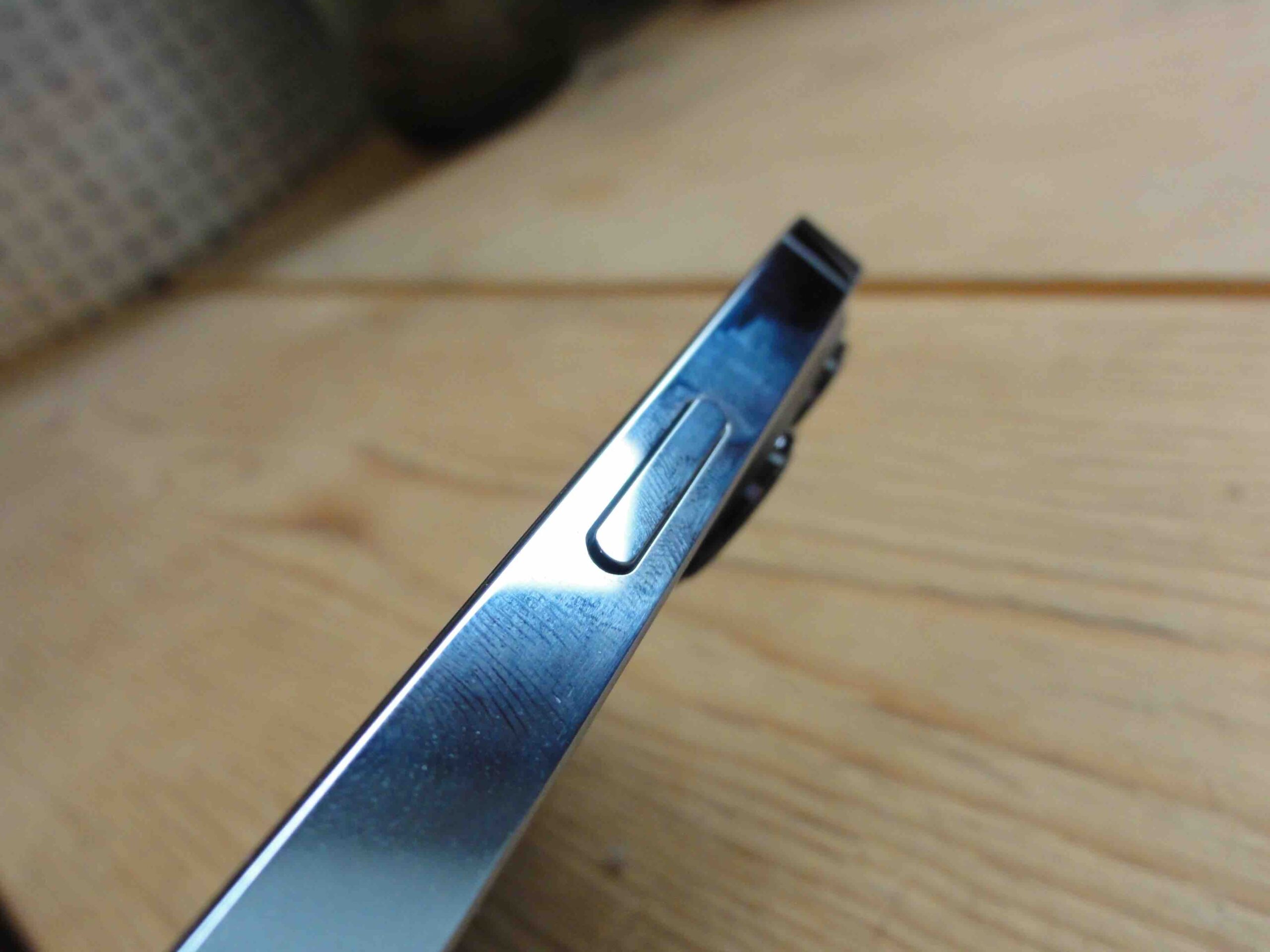
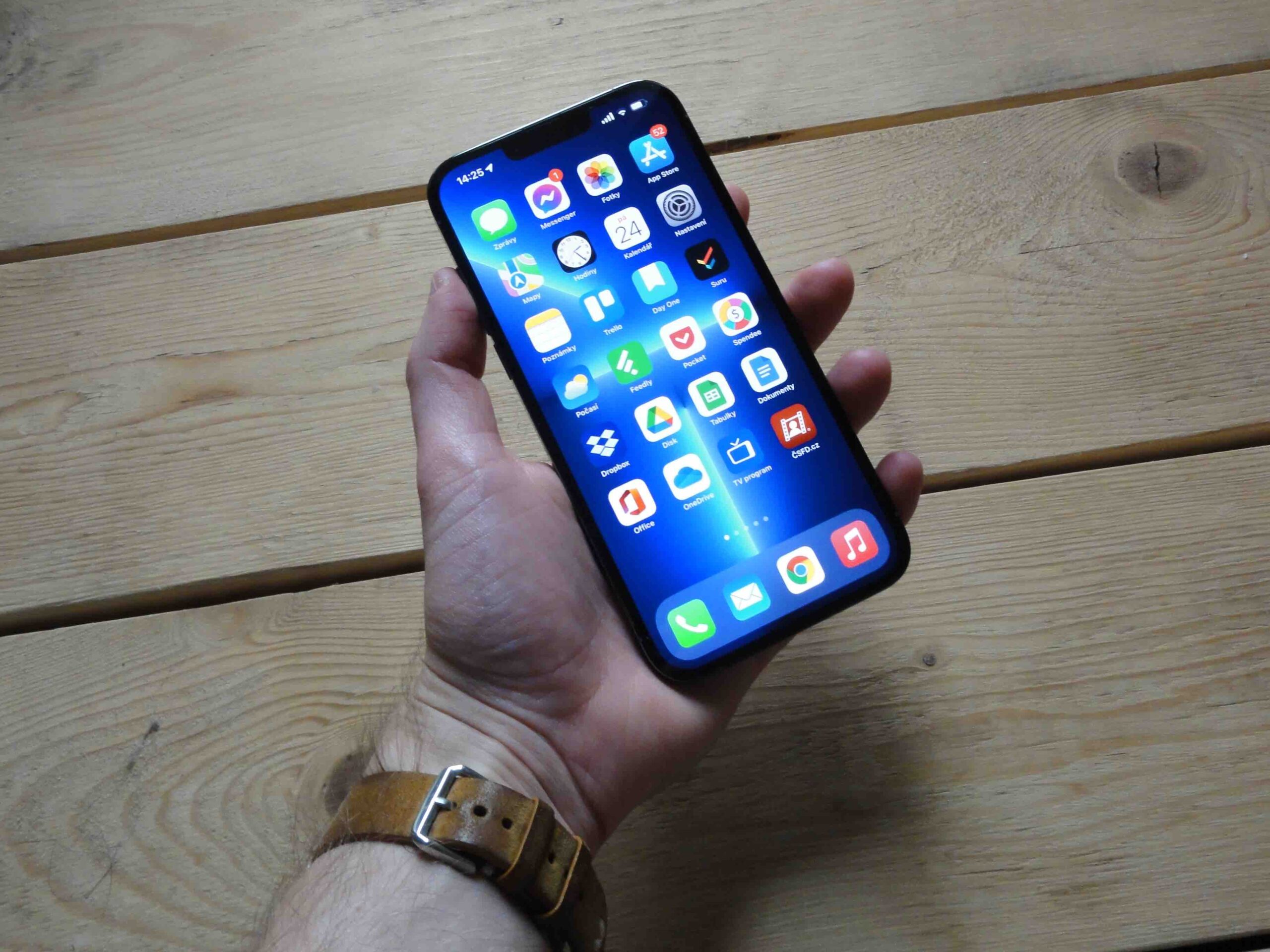
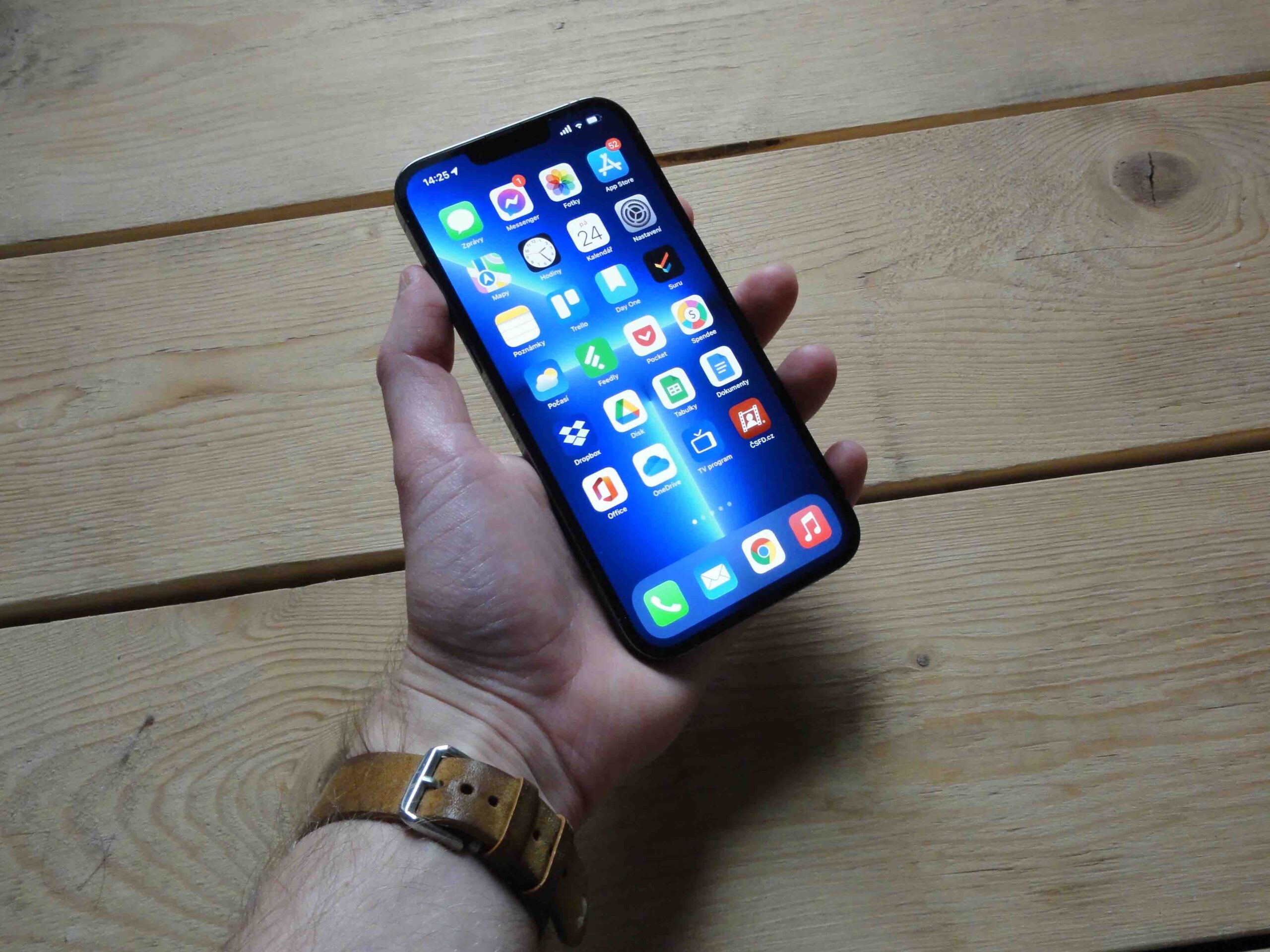
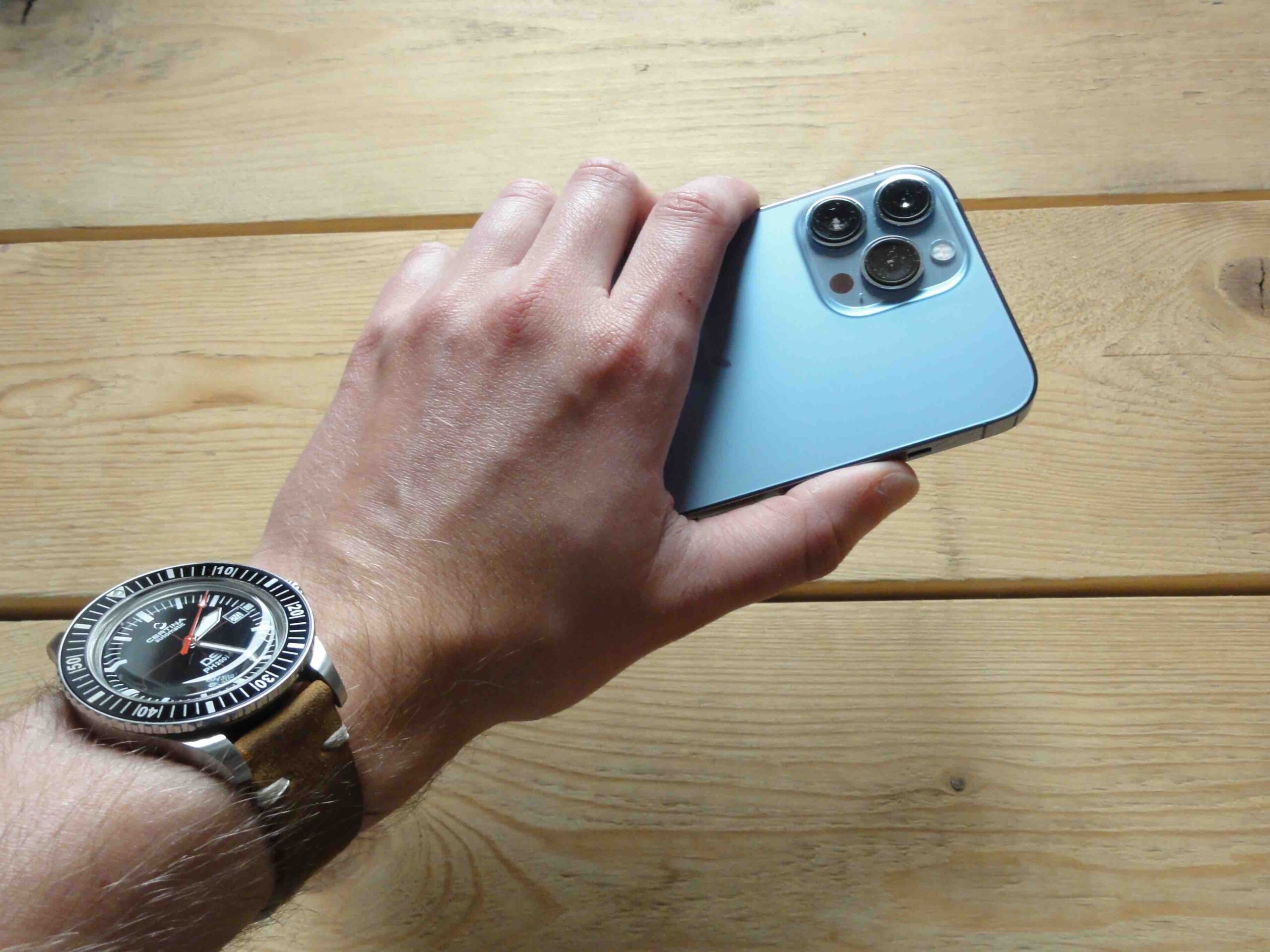
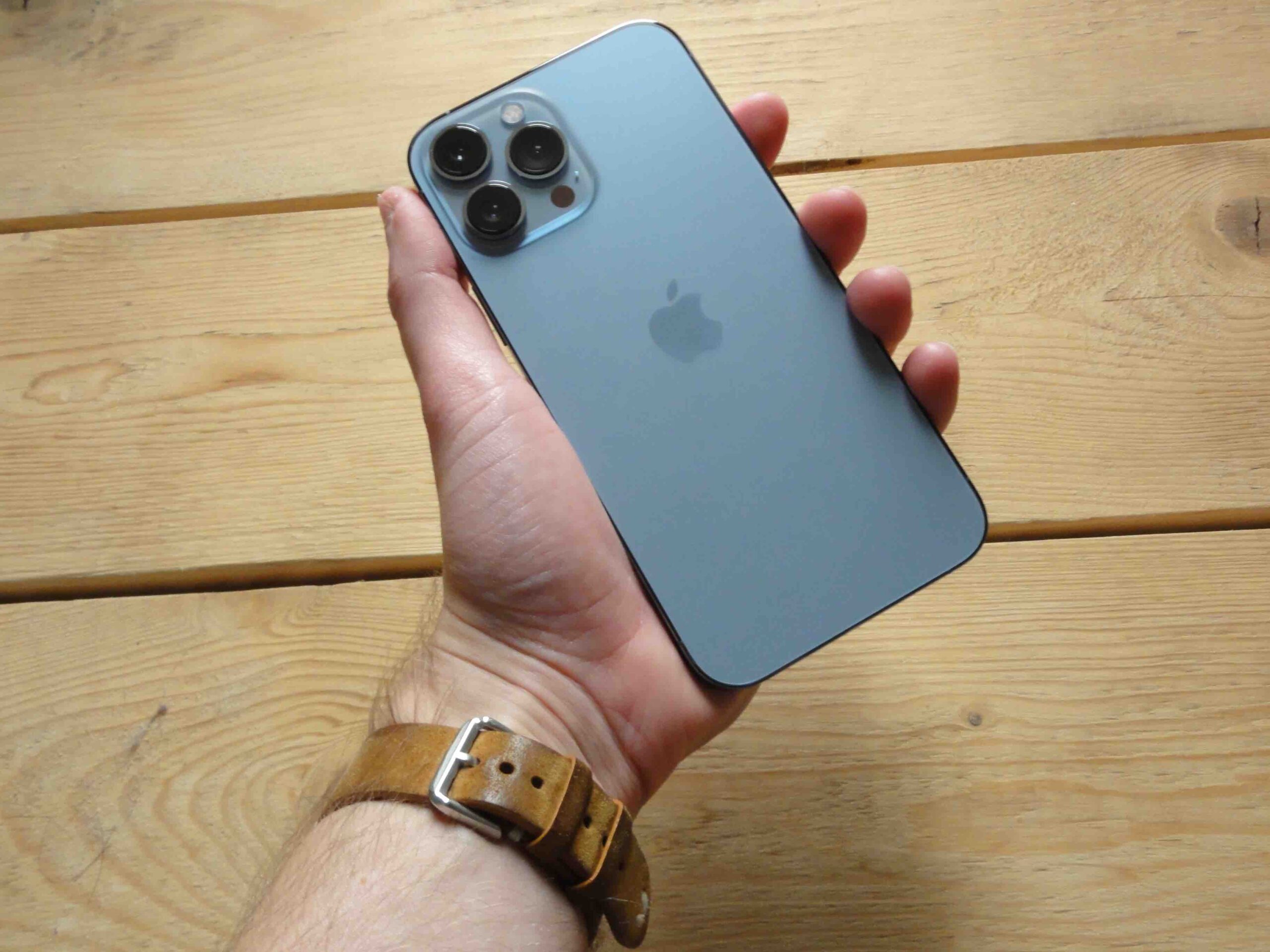
 Adam Kos
Adam Kos 